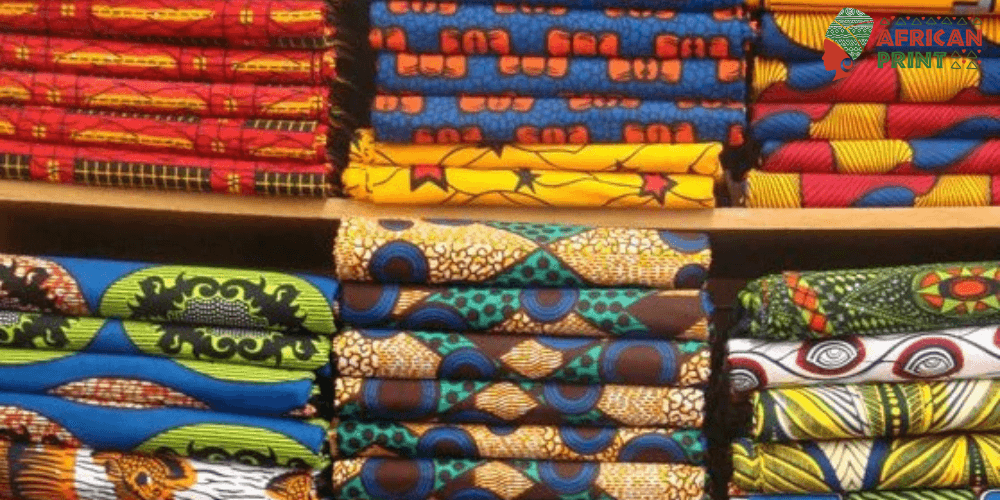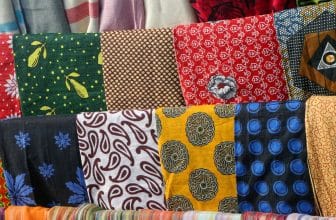How to Price Your African Fabrics for Profit Without Losing Customers

Introduction
Pricing is an art — and for African fabric entrepreneurs, it’s one of the toughest decisions.
Price too low, and you lose profit. Price too high, and you scare away buyers.
So how do you find the sweet spot — the price that makes your customers happy and keeps your business thriving?
Let’s break it down step-by-step, especially for those selling Adire, Ankara, Aso Oke, or Kente both locally and internationally.
1. Know Your Real Costs
Before you set any price, calculate every cost that goes into your fabric:
• Fabric production or purchase cost
• Dyeing, tailoring, or finishing costs
• Packaging and labeling
• Delivery or export charges
• Website or marketing expenses
Once you add these up, you’ll know your base cost.
Now, every price you set must be above that number — because profit isn’t optional; it’s survival.
2. Add Your Desired Profit Margin
A simple formula to guide you:
Selling Price = Total Cost + (Total Cost × Profit Margin)
Example:
If your Adire costs ₦5,000 to produce and you want a 40% profit margin:
₦5,000 + (₦5,000 × 0.4) = ₦7,000
That ₦7,000 is your ideal retail price.
3. Understand Your Market
Your pricing should reflect your target audience.
• If you sell to local markets, affordability matters more than exclusivity.
• If you sell to international buyers, emphasize the craftsmanship, sustainability, and cultural story — then price higher.
International customers are willing to pay for authenticity and quality, not just fabric.
4. Use Value-Based Pricing
Don’t just sell fabric — sell meaning.
For example, “Adire hand-dyed by Yoruba women artisans using age-old techniques” sounds more valuable than “blue cotton fabric.”
When customers connect emotionally with your story, they’ll pay more — and happily.
That’s the power of value-based pricing.
5. Create Tiered Pricing Options
Offer different price levels to reach different types of customers:
• Standard Collection – for local or wholesale buyers
• Premium Collection – for boutique owners and designers
• Limited Edition – for collectors or luxury clients
This lets you attract a wider audience without cheapening your brand.
6. Review and Adjust Regularly
Fabric costs, exchange rates, and demand all change over time.
Review your prices every few months — especially if you’re exporting.
Keep an eye on competitors but remember: you’re not competing on price, you’re competing on uniqueness.
7. Communicate Value, Not Cost
When promoting your fabrics, focus on what makes them special, not just the price.
Buyers should feel like they’re investing in art, culture, and heritage — not just material.
Example caption:
“Every stitch tells a story. Hand-dyed in Abeokuta, woven with heritage.”
That’s how you justify premium pricing with pride.
Conclusion
The goal isn’t to have the cheapest fabrics — it’s to have a profitable, respected, and growing business.
When your pricing reflects the value and heart behind your fabrics, you don’t just make money — you make impact.
Remember: true success is when your culture earns its worth.






